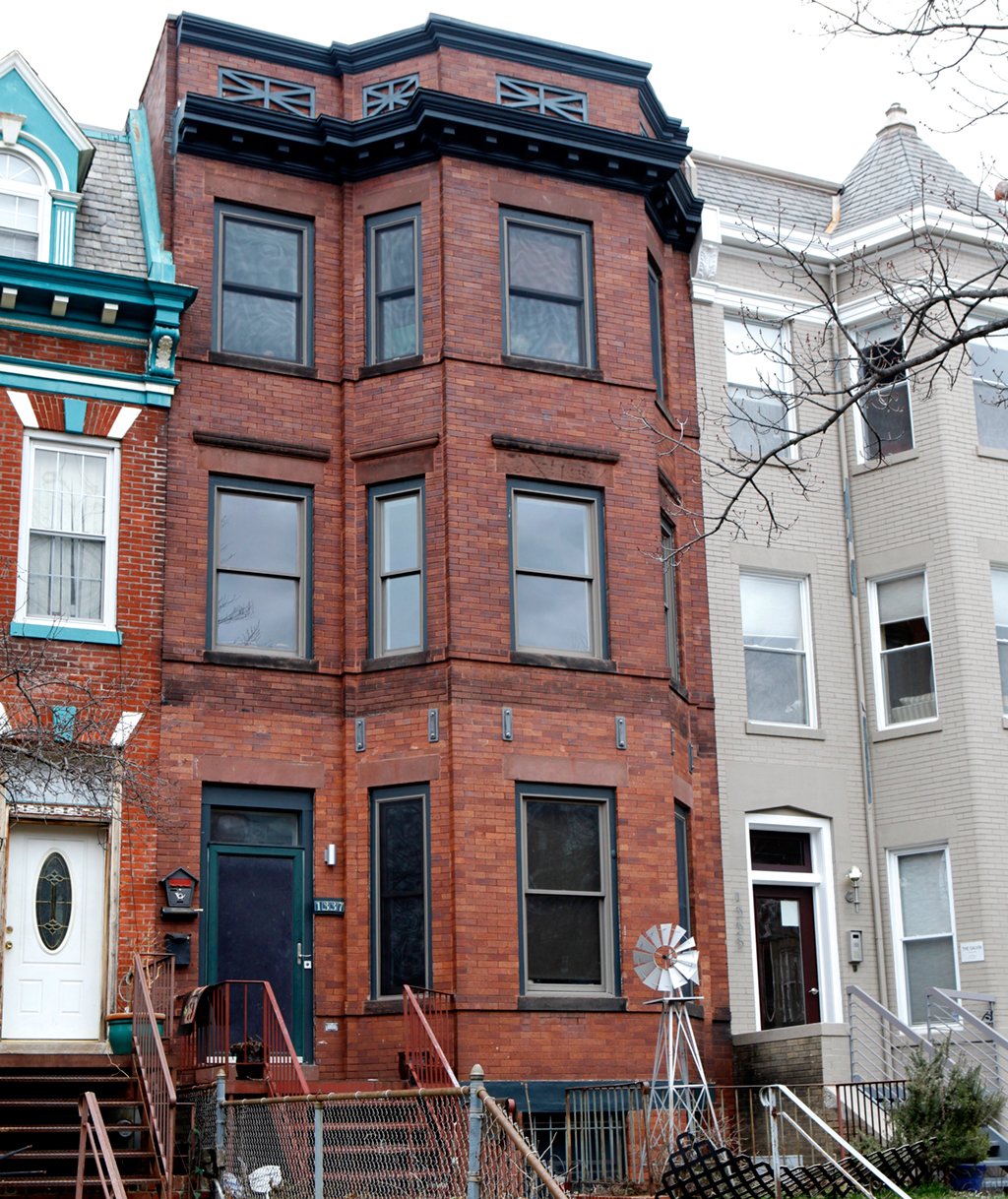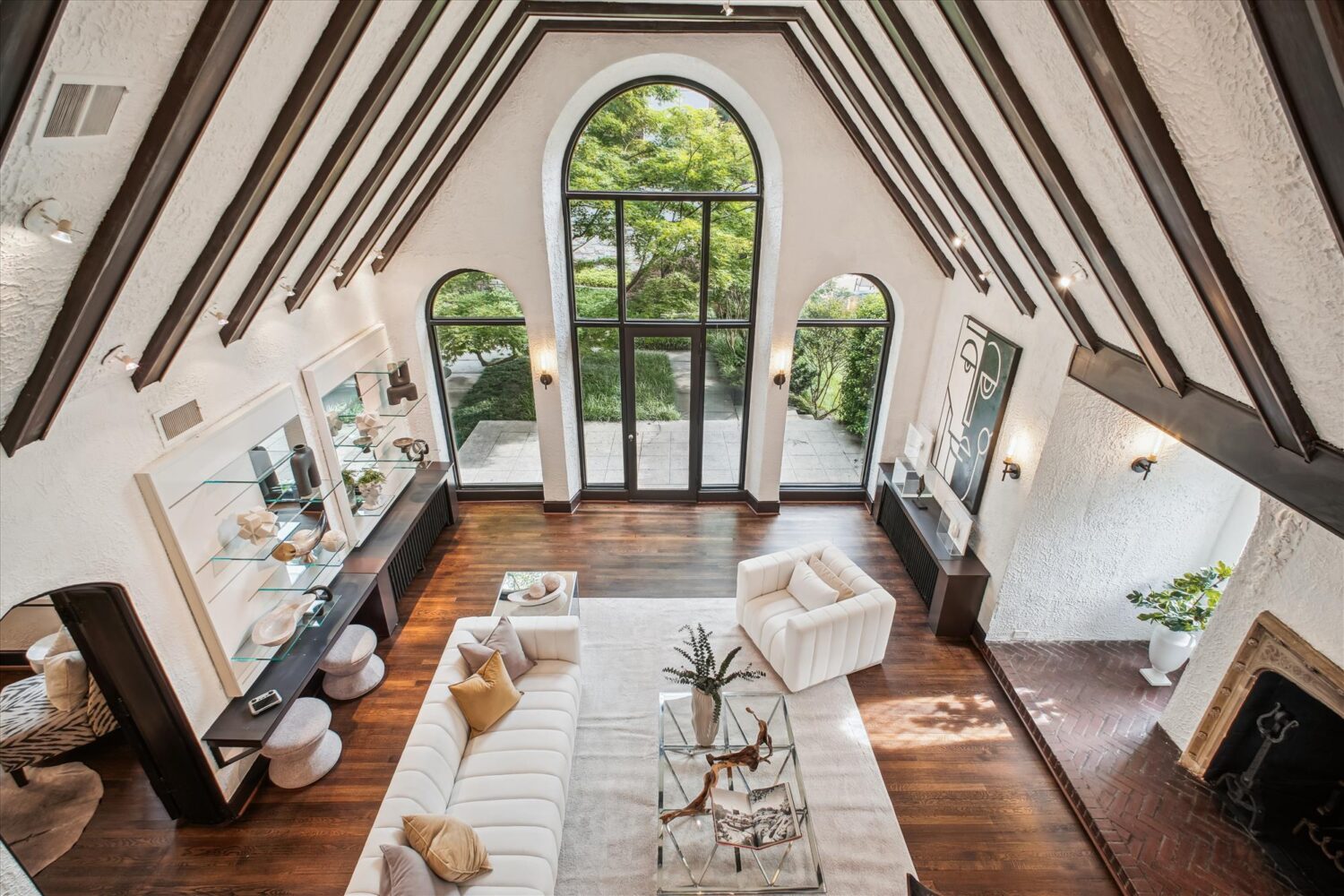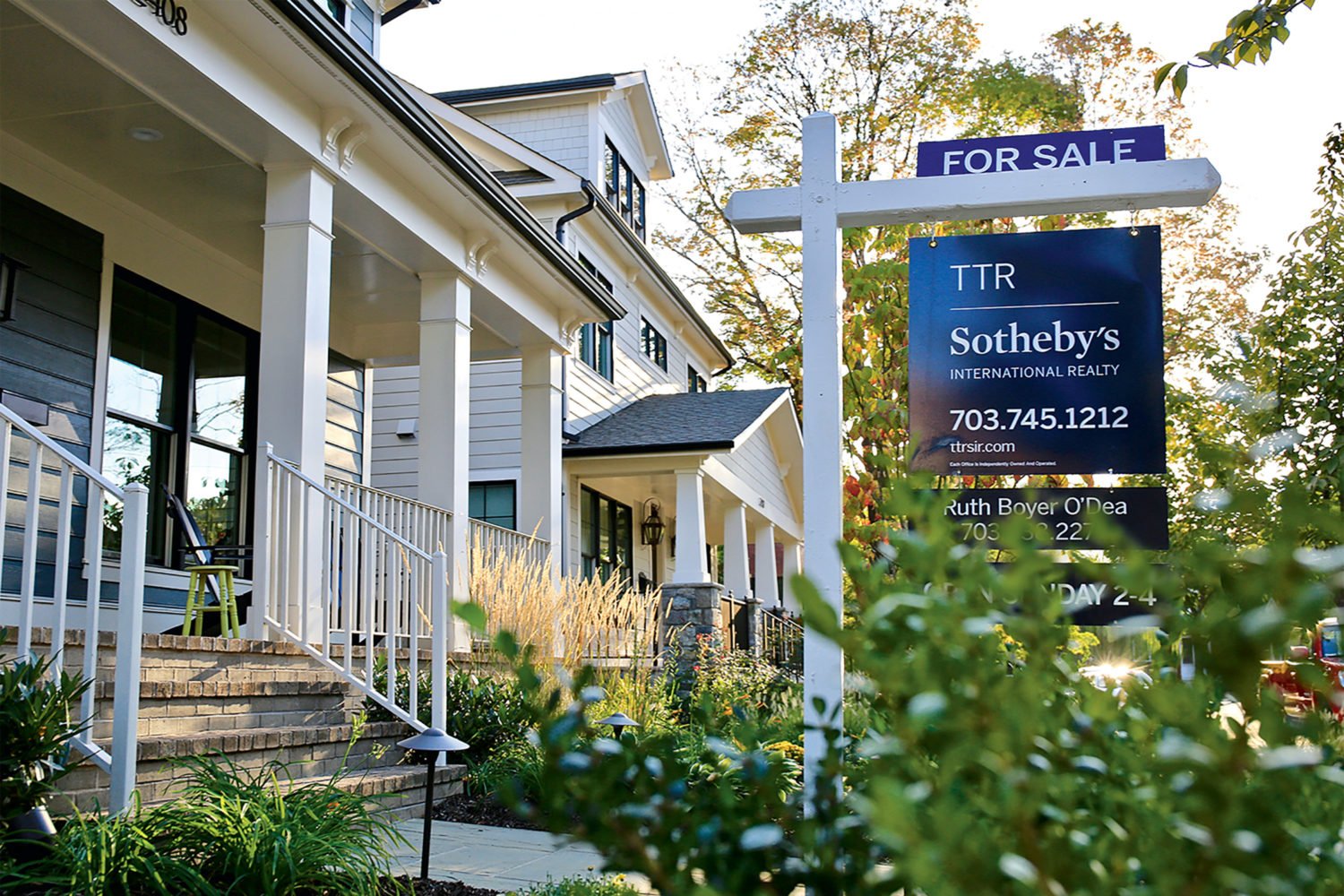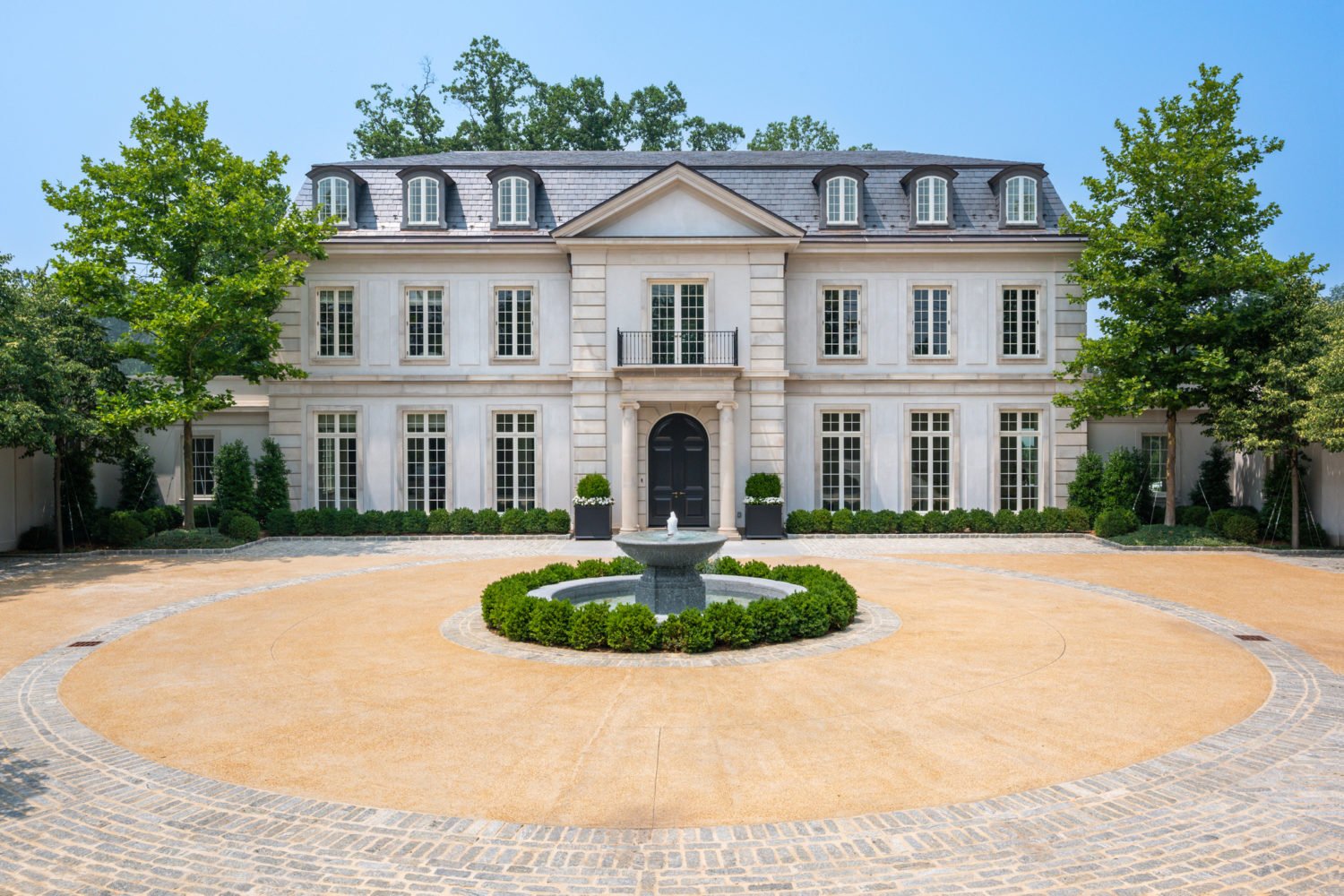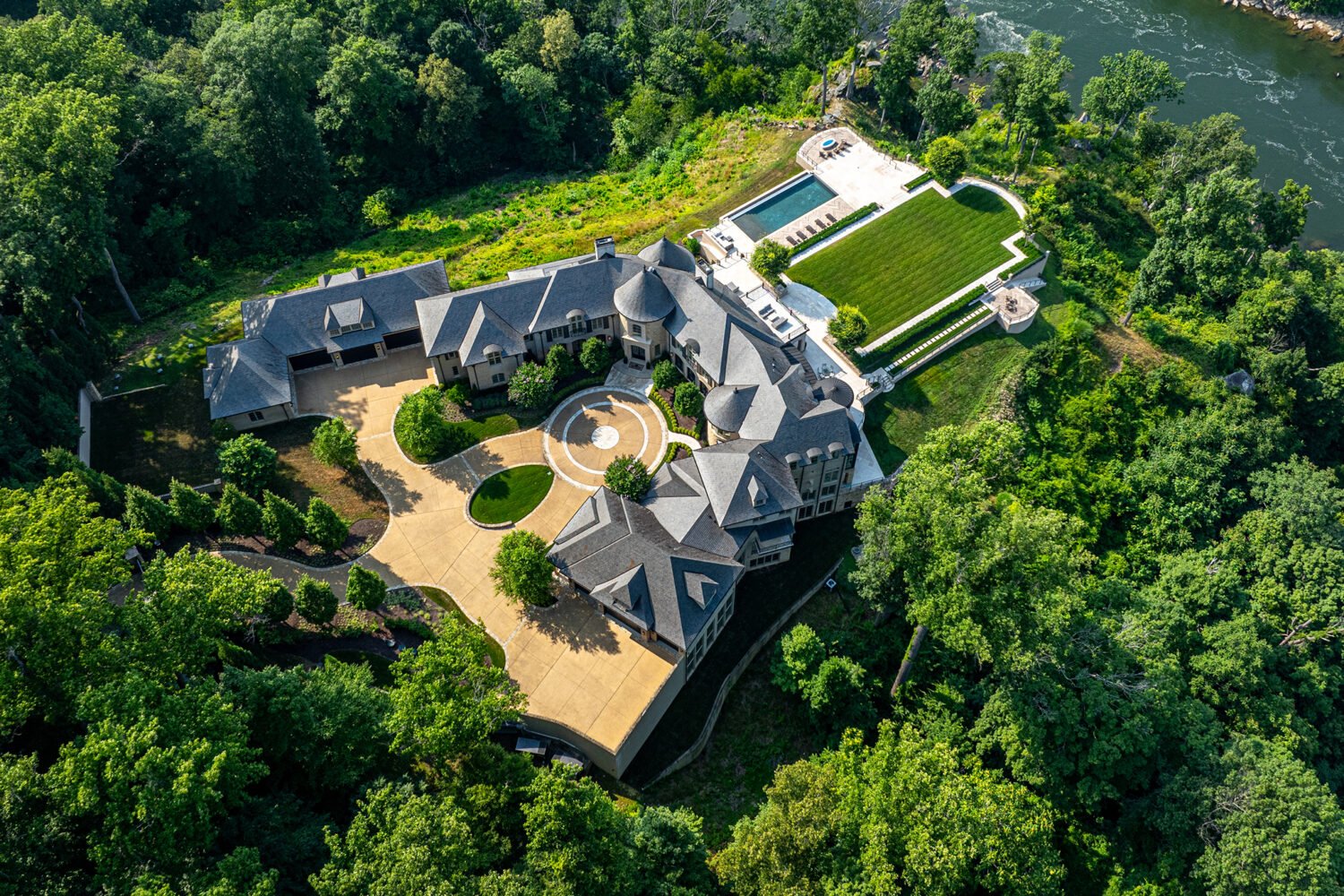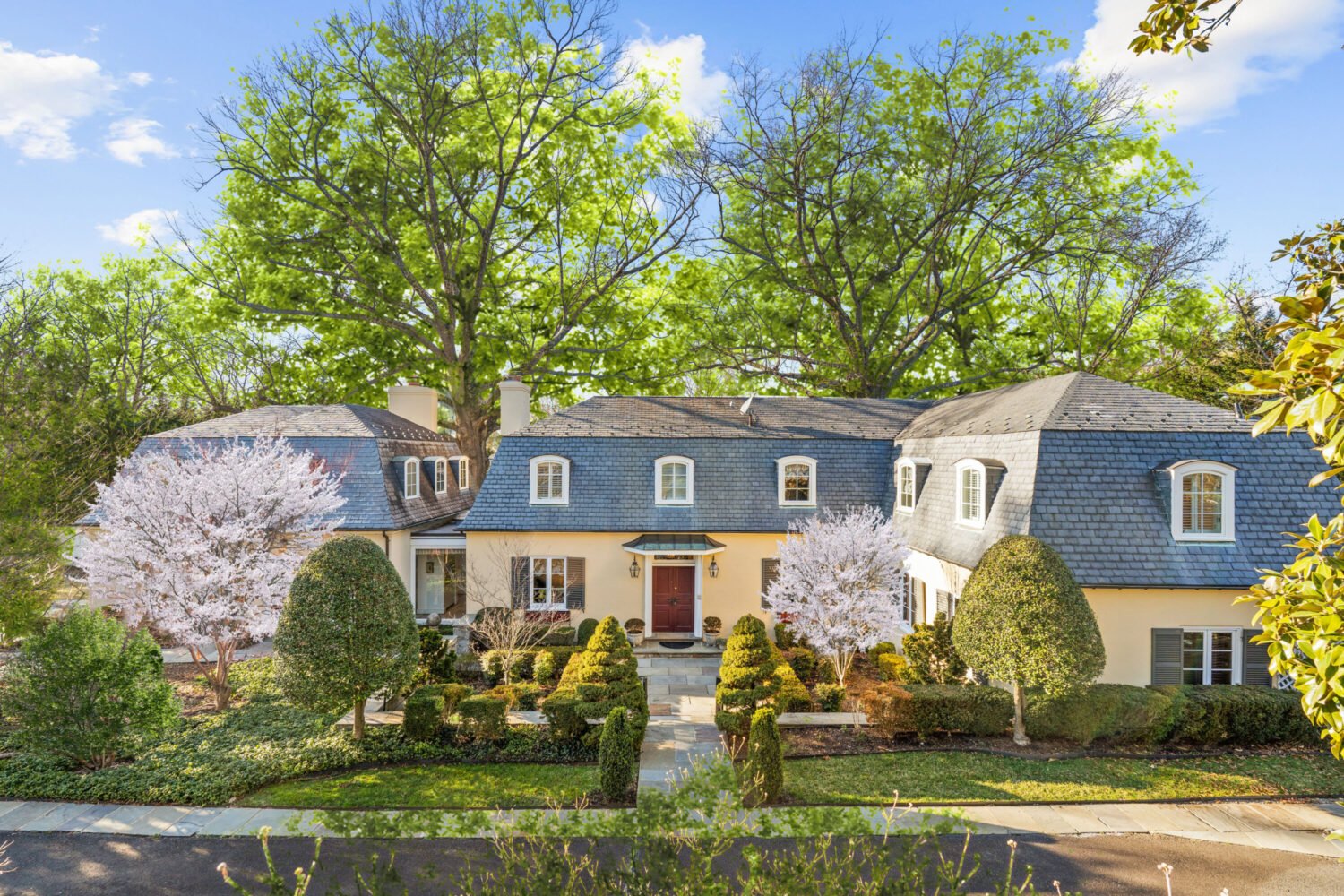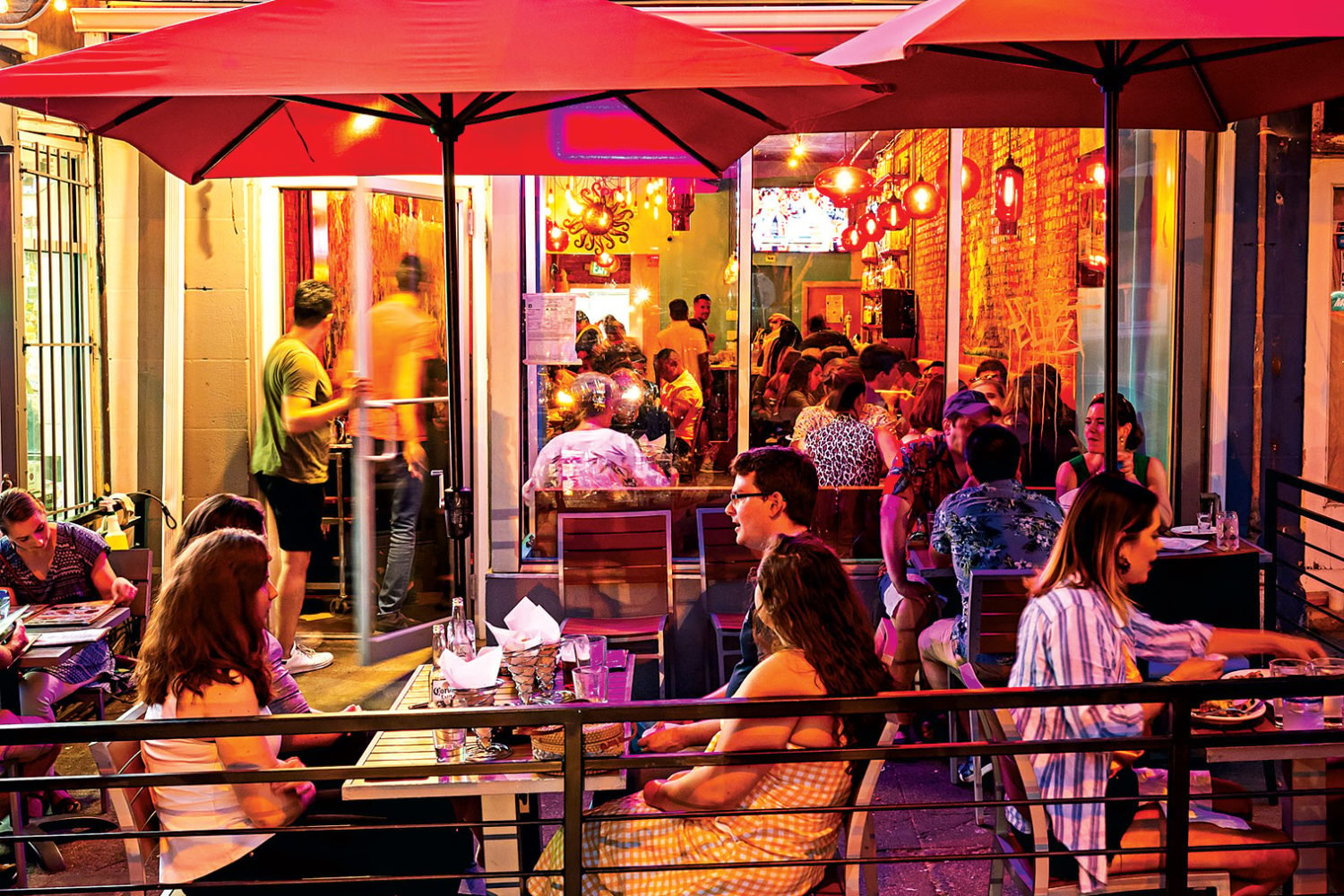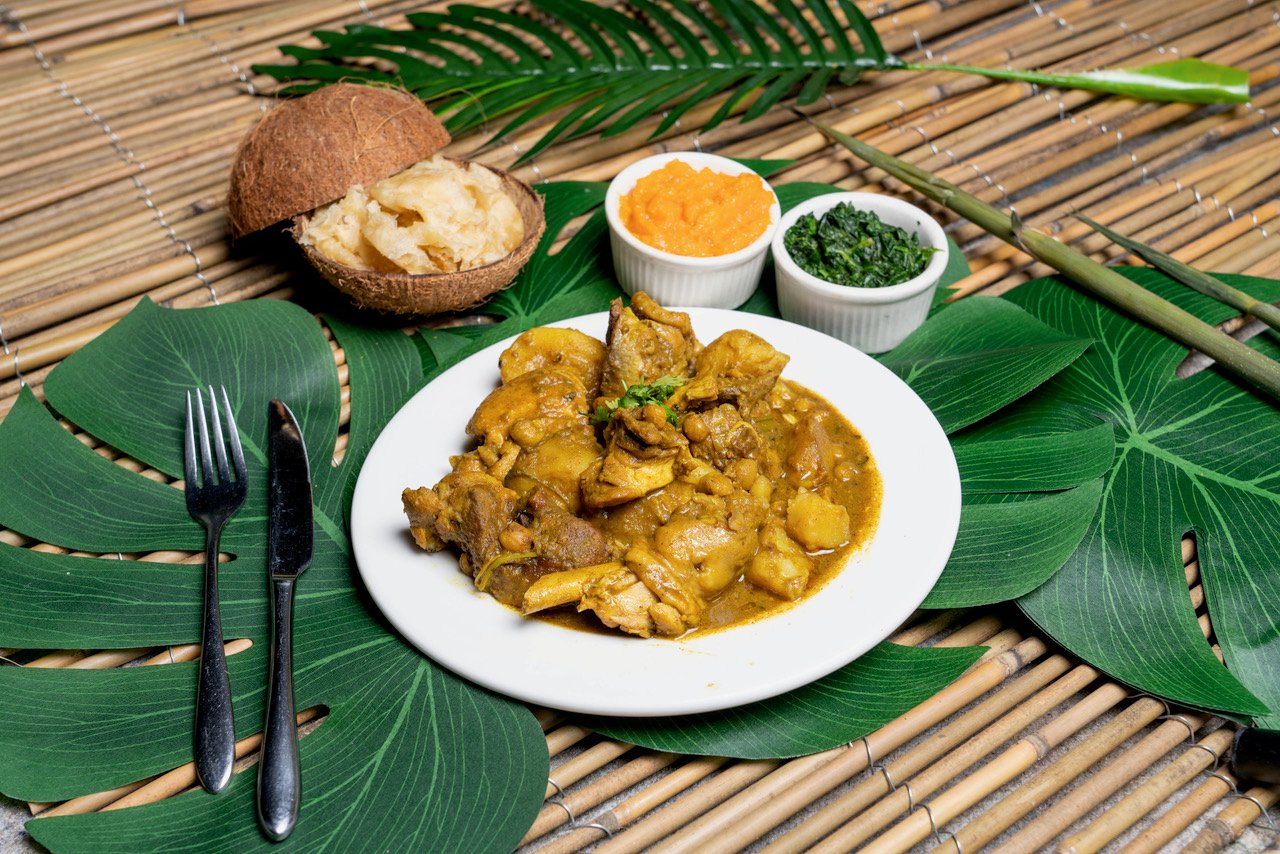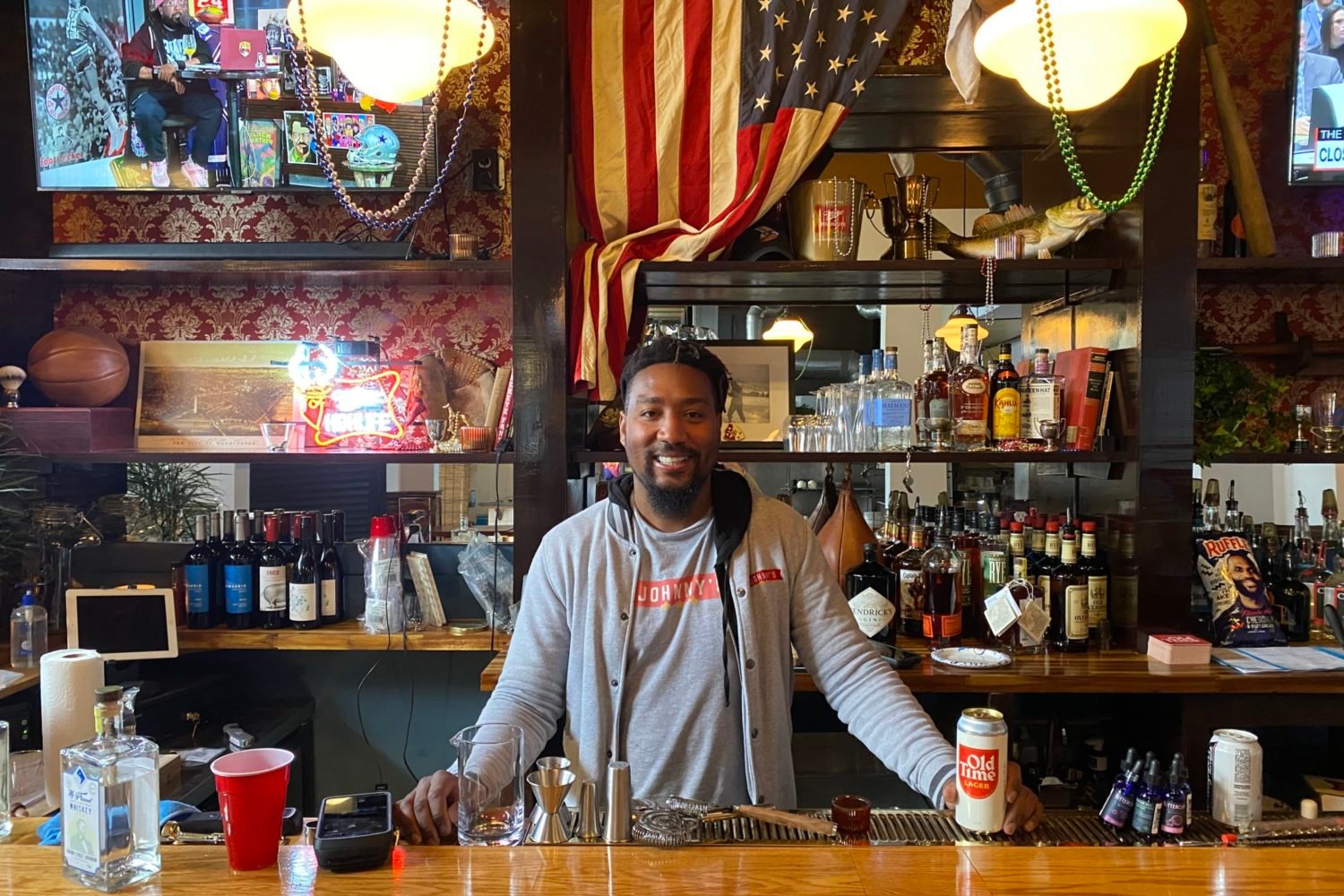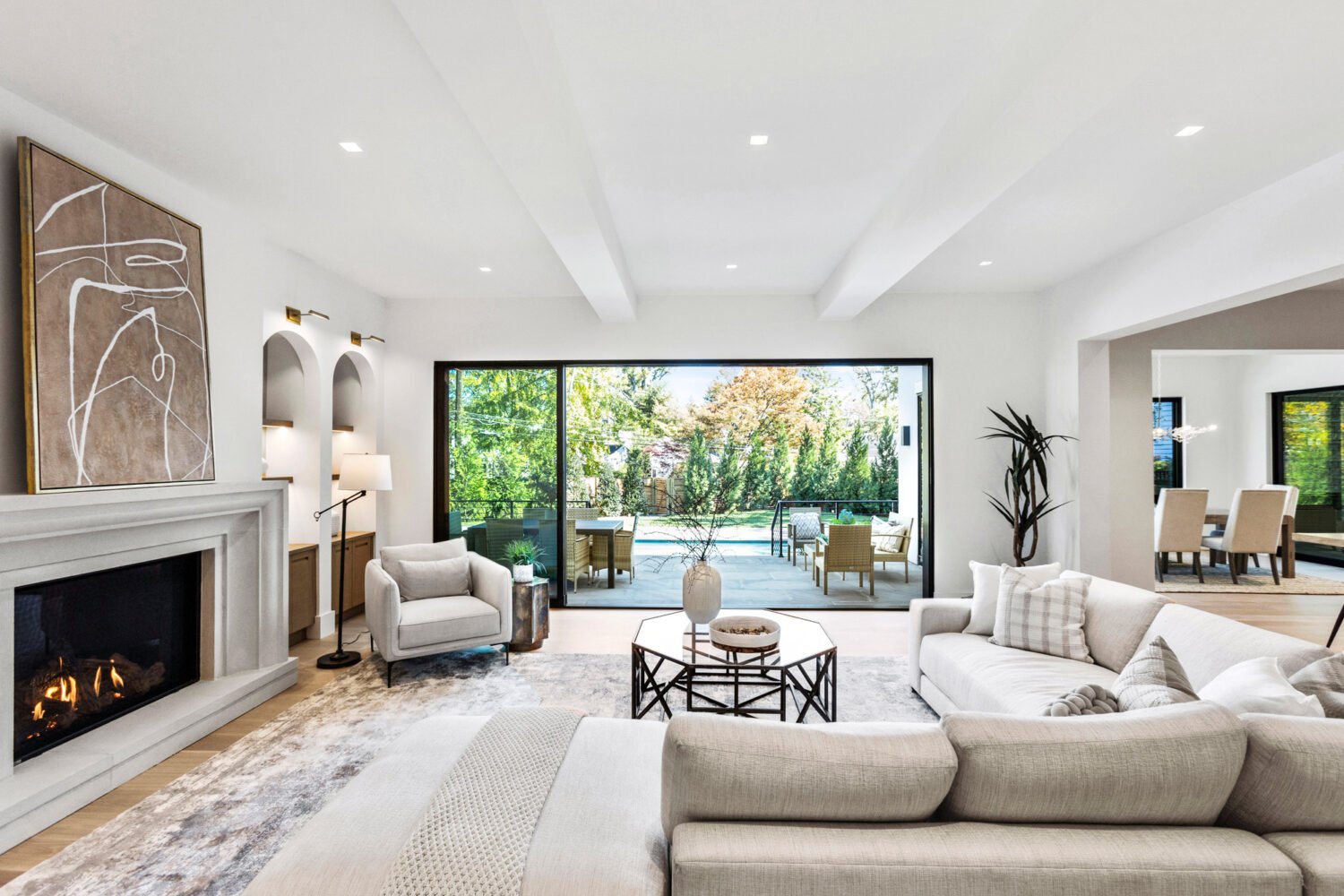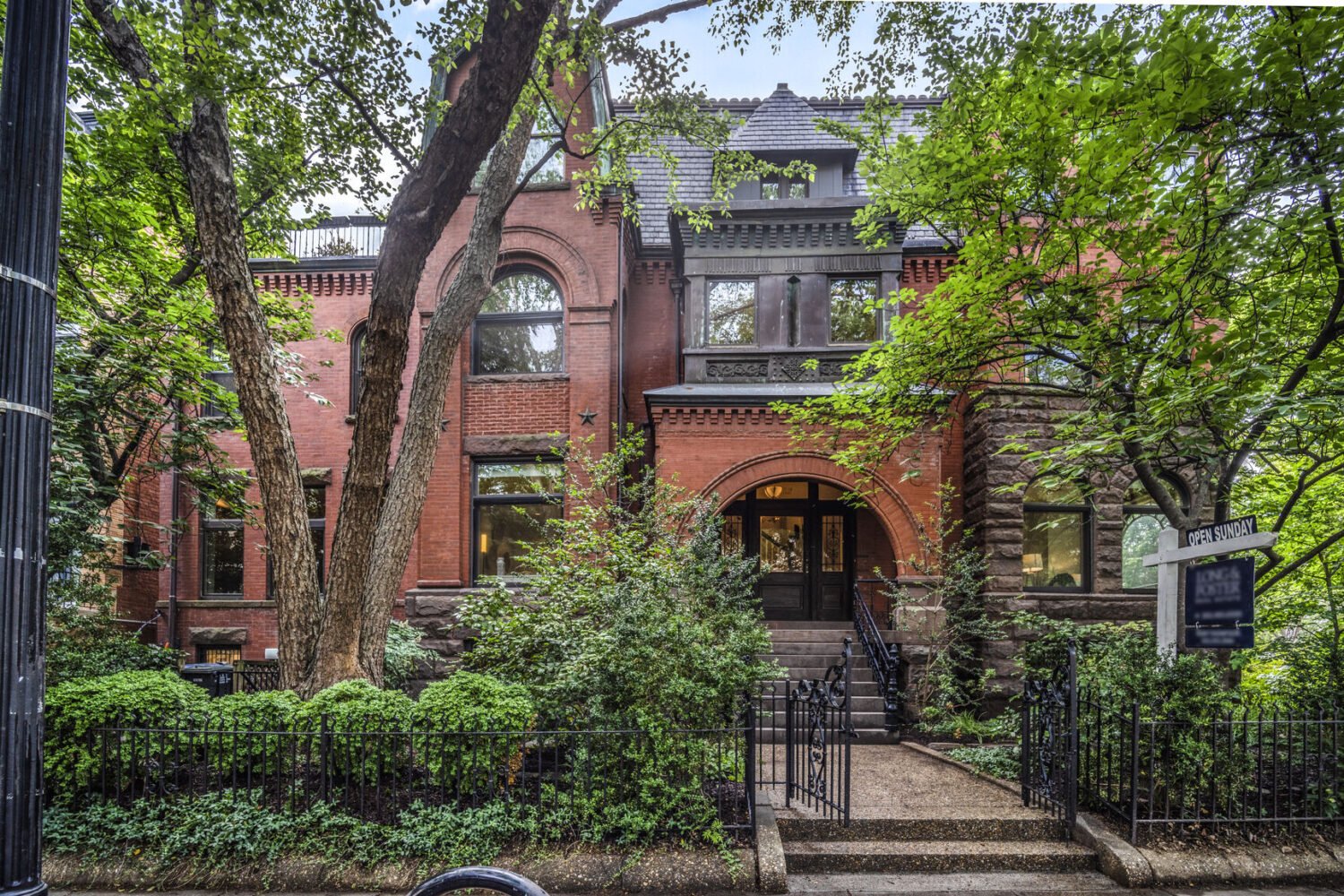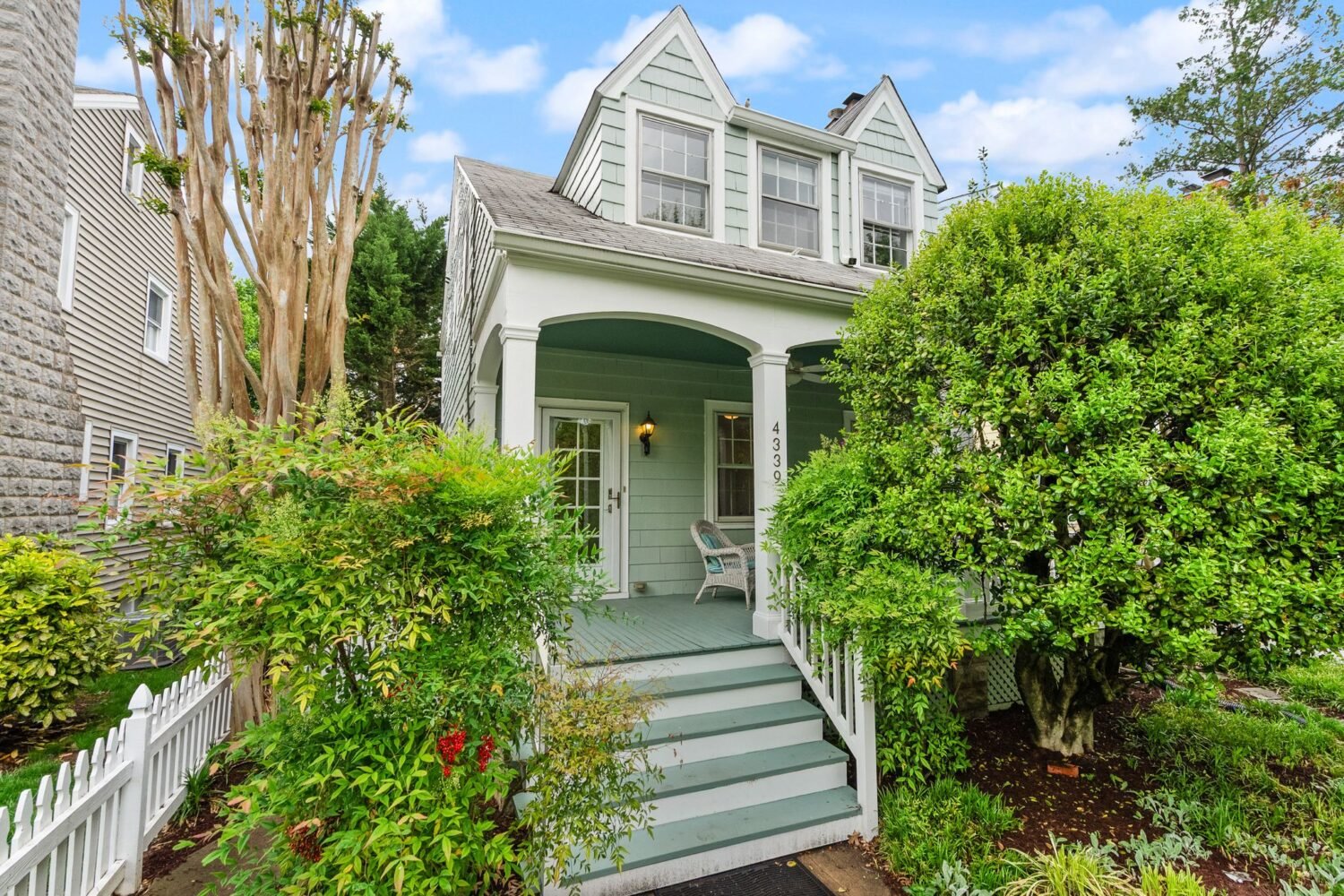For 105 years, the rowhouse at 1337 Fairmont Street, Northwest, has been on a journey that mirrors the broader decline and resurrection of Columbia Heights, whose own trajectory, says DC historian Brian Kraft, is akin to “US urban history on steroids and speed.”
1910
Frederick William Loetsch, a partner in a smoked-meat business, bought one of the last vacant lots on Fairmont in then-swank Columbia Heights. A booklet published by the Columbia Heights Citizens’ Association crowed: “Nowhere within the District of Columbia can be found a community freer from the objectionable classes than that of the Heights.”
1911
Loetsch applied for a building permit on February 27 and got it the next day. By June 20, according to a building inspector’s report, the rowhouse was 99 percent complete. (So much for the modern world moving faster.) Loetsch, his wife, and their two daughters moved in.
1919
A race riot hit Washington, leaving at least 30 dead. Tensions were high across the city, with returning World War I veterans competing for jobs with African-Americans moving north during the Great Migration. Columbia Heights was never an insulated bastion for white people—race has always played a polarizing role in its existence. Just east of Loetsch’s house were thriving blocks (on Fairmont, Girard Street, and Columbia Road) of African-Americans, many connected to Howard University.
1920s
Loetsch—who, according to his 80-year-old granddaughter, Carolyn Pruyne, was so concerned about the violence in the city that “he bought my grandmother a revolver”—moved his family to what was then a bucolic area near Washington National Cathedral. By now, 1337 Fairmont was owned by Almira B. Mulloy, a widow.
1941
Mulloy signed on to a neighborhood covenant forbidding the property to “ever be used or occupied or sold, conveyed, leased, rented or given to Negroes or any person or persons of the Negro race or blood.” Race-restrictive covenants such as this were commonplace. In Columbia Heights, the result was an unofficial dividing line between blacks and whites that started at 13th Street.
1948
The Supreme Court banned the enforcement of race-restrictive covenants. By the 1950s, Columbia Heights’ white population all but disappeared.
1952
Demetrios and Helen Tsintolas bought 1337 Fairmont—though it’s not clear if they bought it for themselves or were financing it for someone else. Demetrios owned a real-estate firm, and brokers like him were often straw purchasers for black families who couldn’t get loans because of racist banking practices. His son Steve says his parents’ old ledger books show a monthly rent of $28 coming from 1337 Fairmont #5.
1968
The riots following the April 4 assassination of Martin Luther King Jr. devastated the neighborhood. In 1967, there were more than 200 businesses along roughly a mile of 14th Street; in 1980, there were 35. By this point, 1337 Fairmont had been turned into a rooming house.
1972
The District of Columbia Redevelopment Land Agency bought 1337 Fairmont. It later became part of the city’s “scattered site” public-housing stock.
1987
DC began a “homestead program” that, through a lottery, awarded abandoned and tax-delinquent properties, many in Columbia Heights, to first-time homeowners for $250. Buyers were required to bring their houses up to code and live in them for at least five years.
2000
1337 Fairmont was boarded up when it was sold as a part of the homestead program.
2016
The buyer—this reporter—still lives in the house, which was stripped down to its 1911 shell and converted back into a single-family home. Millennials and young families are everywhere now; Columbia Heights rowhouses can fetch more than $1 million. Some longtime residents lament that the neighborhood used to be friendlier. Change—and its concurrent tension—pushes on.
Want see more of the best places to live around DC? Check out our guide to find which neighborhood is right for you.
This article appears in our April 2016 issue of Washingtonian.

